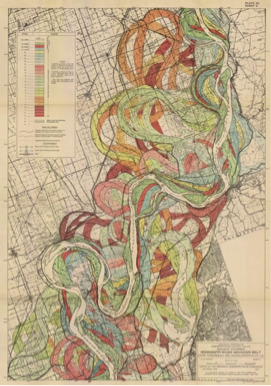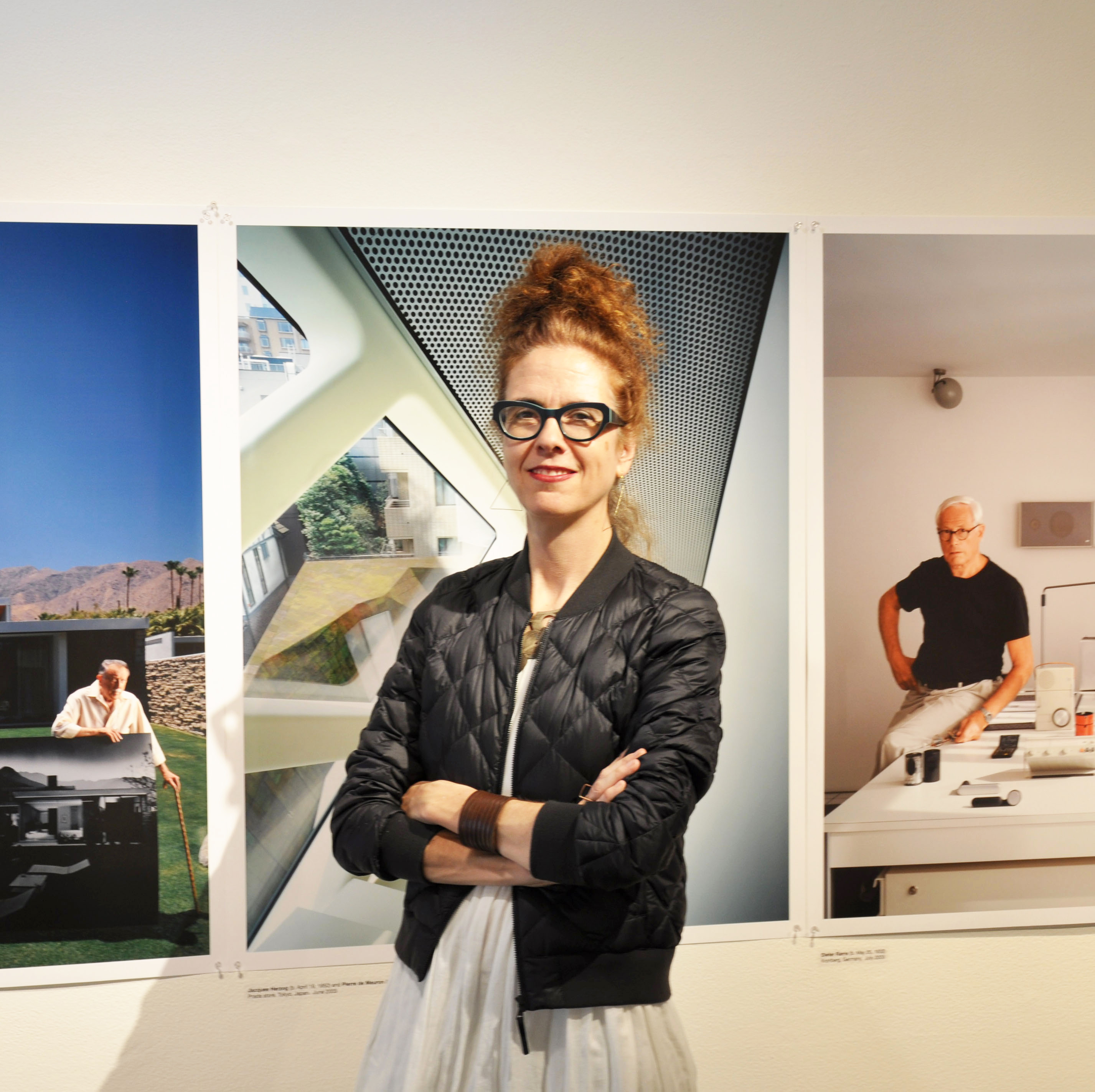Barbara Opar and Lucy Campbell, Column Editors
Column by Cindy Derrenbacker, Laurentian University, McEwen School of Architecture Librarian Sudbury, Ontario Canada
We wanted to share something a little different with you this month- an approach to productive summer reading.
One of my cherished memories is of summertime reading on a chaise lounge on a screened-in porch at my childhood home. I recall eating cherries and nectarines while reading C.S. Lewis’s The Chronicles of Narnia with the sound of summer cicadas in the background.
Recovering Reading for Pleasure
I am inspired to write this column for the Association of Collegiate Schools of Architecture, in part, because I, like many of you, wish to recover such carefree days and hours of reading. With summer in the offing, I am sure many of you look forward to reading for pleasure, moving beyond a reading repertoire that is driven by academic work or books we feel obliged to read for one reason or another. We anticipate a break in routine with new opportunities and adventures.
This is aptly reflected in F. Scott Fitzgerald’s novel, The Great Gatsby, as the narrator muses: “And so with the sunshine and the great bursts of leaves growing on the trees, just as things grow in fast movies, I had that familiar conviction that life was beginning over again with the summer. There was so much to read, for one thing, and so much fine health to be pulled down out of the young breath-giving air.”1
While we long to recover the easy summer days of our youth, we may feel a sense of guilt indulging in the pleasures of idle reading, when certain responsibilities must surely go by the wayside. Given the sheer number of available books, we may be overwhelmed by which title to choose. And with the allure of the Internet, our sustained engagement with the printed word is more tenuous than in the past.
Some years ago, I came across Steve Leveen’s book, The Little Guide to Your Well-Read Life, at an airport kiosk. Since then, I have periodically referenced this book as it shares effective ideas for getting more books into your life and more life from your books. Leveen’s recommendations remind us to think intentionally about our reading habits.
Reading to Live
There is a quote by Gustave Flaubert in the front matter of this book: “Read in order to Live.” And from the outset, Leveen suggests that finding the time to read results in living “a larger life”2—a life connected to “the world, yourself, and your untapped capabilities”3 This is no easy task, given time constraints and numerous distractions. Making room for reading is, in fact, a luxury.
Perhaps you recall reading a particularly moving text or when a book made a marked impact on your life. When I first encountered The Great Gatsby, I was immediately drawn to this acclaimed novel based on Fitzgerald’s opening, dynamic description of the grounds of a Georgian-styled Colonial mansion on the bay of Long Island Sound. He writes, “The lawn started at the beach and ran toward the front door for a quarter of a mile, jumping over sun-dials and brick walks and burning gardens—finally when it reached the house drifting up the side in bright vines as though from the momentum of its run.”4
I never tire of Fitzgerald’s animated language or well-crafted story of “the romance and glitter of the Jazz Age;”5 this literary classic moves me. As a result, my life is personally enlivened, and as Leveen suggests, “in color rather than black and white.“6 Your well-read life, however, may not include Fitzgerald or other literary giants you are “supposed to have read.” Your reading list is certain to look different from mine, as it should.
Reading with Purpose
But how do you choose books to read? Now, a librarian might direct you to known booklists, such as Nancy Pearl’s Book Lust series or the New York Times best sellers list or CBC’s Canada Reads: the 2017 shortlist. The discerning reader may refer to goodreads.com or recommended book titles by a favorite blogger, online. You might turn to a handful of books in your home that you’ve been intending to read or that were given to you as gifts. But most of us do not put a great deal of thought into our choices; it’s “kind of accidental and ad hoc.”7 Leveen writes “[s]o casual an approach is unfortunate when you think about how much a great book can mean. A single right book at the right time can change our views dramatically, give a quantum boost to our knowledge, help us to construct a whole new outlook on the world and our life.”8 And when you consider how relatively few books for pleasure we can read in a year—let’s say one book a month—and over a lifetime—we really should be more particular about building a list of, what Leveen refers to as, “candidates,” worthy options but not necessarily final reading choices.
Building a List of Candidates
Steve Leveen suggests some possible strategies for building a list of candidates:
- Begin with a list of books or authors you know you want to read. Group titles and authors under subject headings such as work, travel, nutrition & health, biography, and classics, listing the sources of these recommendations.
- Reconstruct a list of books or authors you have enjoyed in the past that might shed light on future selections. Three decades ago I enjoyed Fredric Buechner’s novel tetralogy The Book of Bebb, but I have not read this author’s other acclaimed works that might make worthy reading candidates. Likewise, there could be merit in re-reading The Book of Bebb at this stage in my life; I would inevitably read the text differently. Buechner has sometimes been compared to English author Grahame Greene and Canadian author Robertson Davies and so it would be interesting to determine if either of these authors has written material I might want to include on my list of candidates.
- Beware of well-intentioned friends recommending titles that may or may not make good candidates for personal reading, but take note of book recommendations from acquaintances who are experts on a particular subject in which you share a common interest. Your local public librarians could be useful in this regard as well.
- Probably the most practical advice that I took away from Leveen’s Guide was a quote by Atwood H. Townsend that says “[n]ever force yourself to read a book that you do not enjoy. There are so many good books in the world that it is foolish to waste time on one that does not give you pleasure.”9 Likewise, in a 2012 Ted Talk, Nancy Pearl advises not to read beyond fifty pages of a book if you are not enjoying it. “Life is too short and your list of good books beckons”10
Reading Actively
Leveen suggests “[t]he point of reading is not reading but living. Reading helps you live with greater appreciation, keener insight and heightened emotional awareness.”11 But just as you can practice a musical instrument poorly and without focused attention, you can also be a disengaged reader. Leveen recommends that “if you want to read well, read actively.”12 Rather than diving in, begin by previewing the book. Once you’ve started, don’t hesitate to put a book down if it doesn’t speak to you, even if others hold it in high regard. If you own the book, freely take notes in the margins and define vocabulary with which you are unfamiliar. Once you have finished a book, spend time reflecting on what you have read, re-reading favorite sections, writing down quotes that speak to you, and talking with a friend who has also read the book. These strategies will help you remember some of the characters and ideas you engaged with in the book. And for the most part, Leveen discourages speed-reading, in favor of lingering with the text—taking a “slow foods” approach, if you will, to reading.
Reading with your Ears
Leveen devotes an entire chapter to “Reading with Your Ears.” In my experience, listening to unabridged audiobooks while commuting or cleaning is probably the single best way to get more books into your life. In particular, if the voice of the reader is cast well, listening to an audiobook can be an enjoyable experience.
Reading with a Book Group
I might have missed some wonderful stories if it had not been for my participation in a book club for several years. Leveen points to the advantages of “Sharing the Fellowship of Books”13 and I have to agree. He quotes reading group expert Rachel Jacobsohn, “Reading confirms your aliveness. It’s very validating. That’s what book groups ultimately are; you get validated in the human condition—the conditions and puzzles, the good stuff and bad, the aspirations and hopes and despairs. You’re not alone out there.”14 Developing friendships, reading beyond personal interests, and having the opportunity to analyze and critique books in a group setting, can enhance your well-read life.
Reading for Empowerment
And so we read to live and what we read counts, especially in relation to the life of the mind. The ideas and impressions that are aroused by reading influence our beliefs and actions. There is a profound book that echoes and expands on these sentiments entitled, In Bed with the Word: Reading, Spirituality, and Cultural Politics. The author, Daniel Coleman, writes: “Reading is not solely an exercise to feed one’s inner life. Rather, eating the book—not just nibbling at it, or having a little taste here and there, but eating it wholesale—produces a changed person, an empowered person, a different kind of person, and changed people means social and political change, not just personal change.”15
In sum, on the cusp of summer, we have the opportunity to nurture a well-read, transformed life. This means thoughtfully drawing up a list of book candidates, selecting one or two titles from the list, carving out precious time (perhaps by turning off the T.V. or limiting our binge-watching of Netflix movies), and doing something countercultural: reading for pleasure!
- F. Scott Fitzgerald, The Great Gatsby (New York: Charles Scribner’s Son, 1925), 4.
- Steve Leveen, The Little Guide to Your Well-Read Life: how to get more books in your life and more life in your books (Delray Beach, FL: Levenger Press, 2005), 1.
- Leveen, The Little Guide, 9.
- Fitzgerald, The Great Gatsby, 6-7.
- Ibid., back cover blurb.
- Leveen, The Little Guide, 3.
- Ibid., 11.
- Ibid.
- Ibid., 10 (bold mine).
- Ibid., 30.
- Ibid., 31.
- Ibid., 33.
- Ibid., 79 – Chapter Title.
- Ibid., 78.
- Daniel Coleman, In Bed with the Word: Reading, Spirituality, and Cultural Politics (Edmonton, AB: The University of Alberta Press, 2009), verso.

 Study Architecture
Study Architecture  ProPEL
ProPEL 



